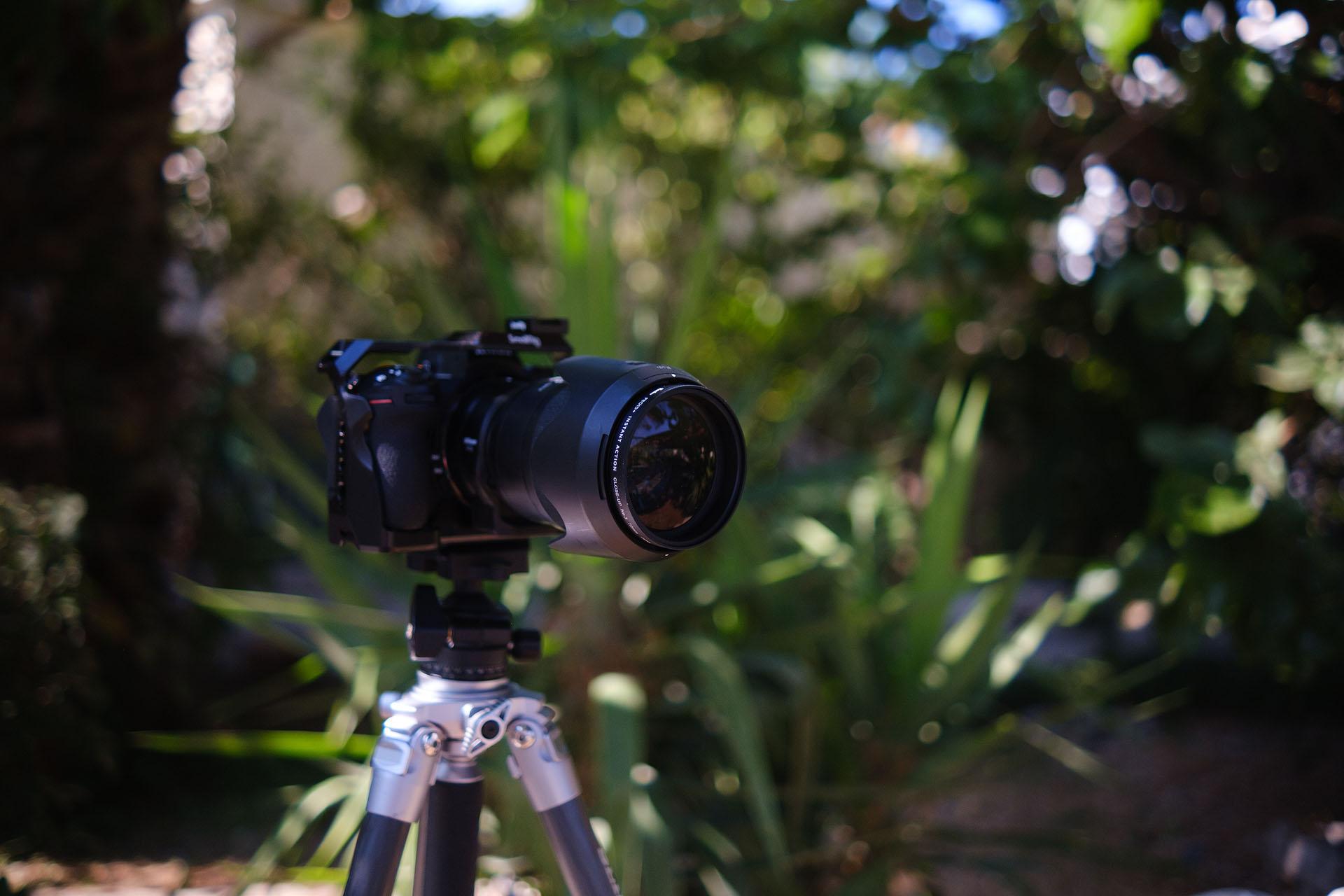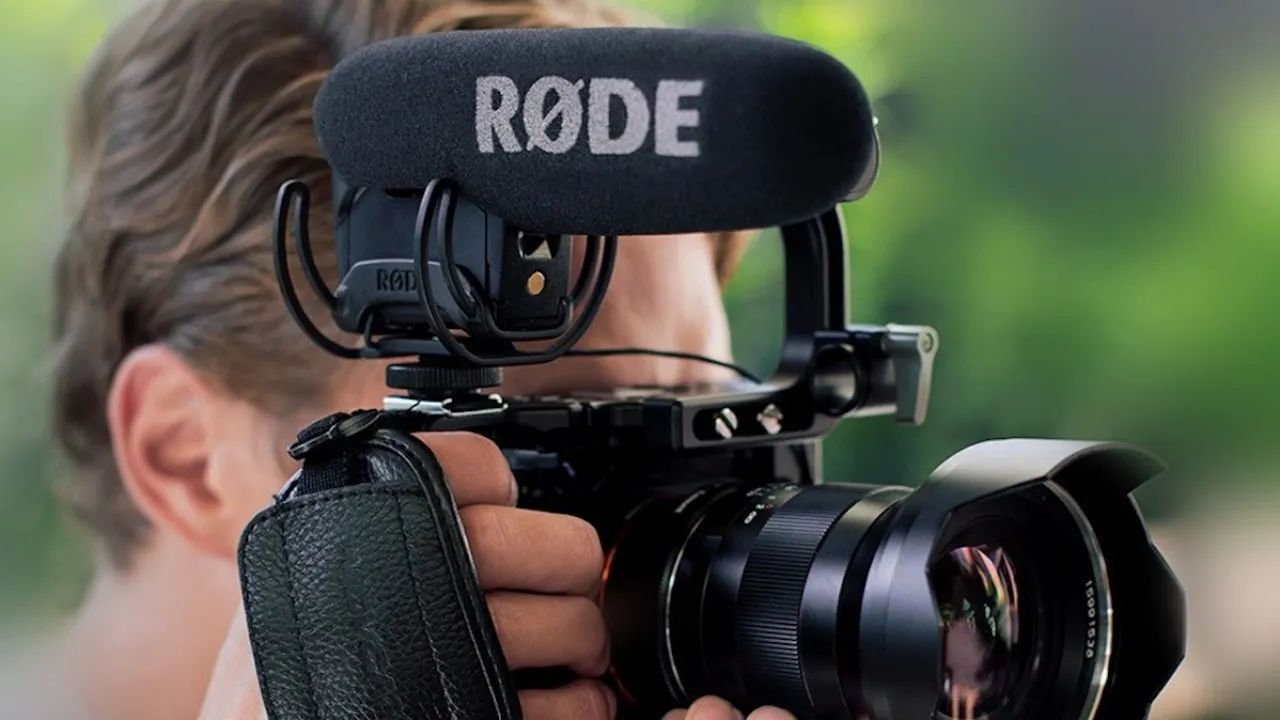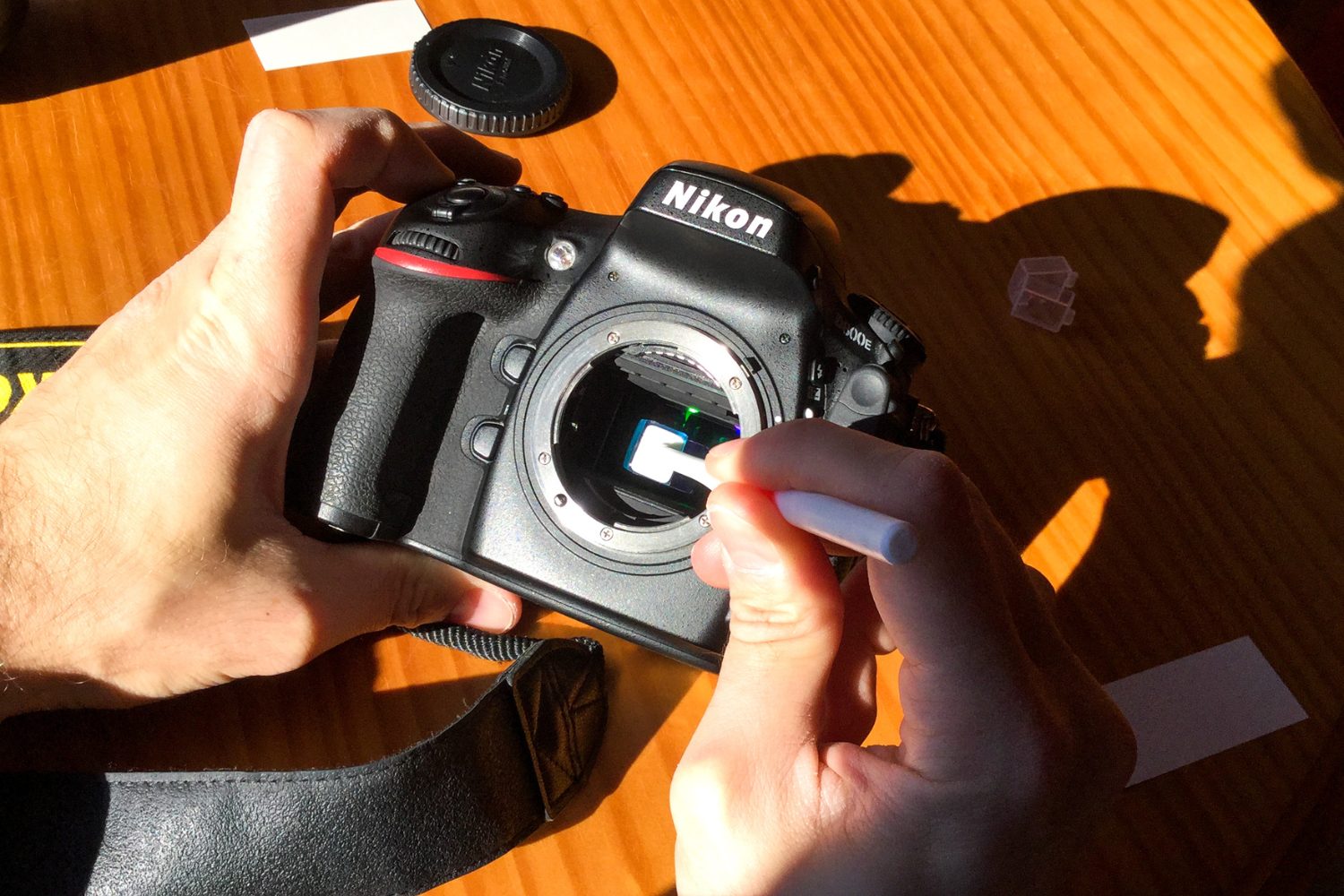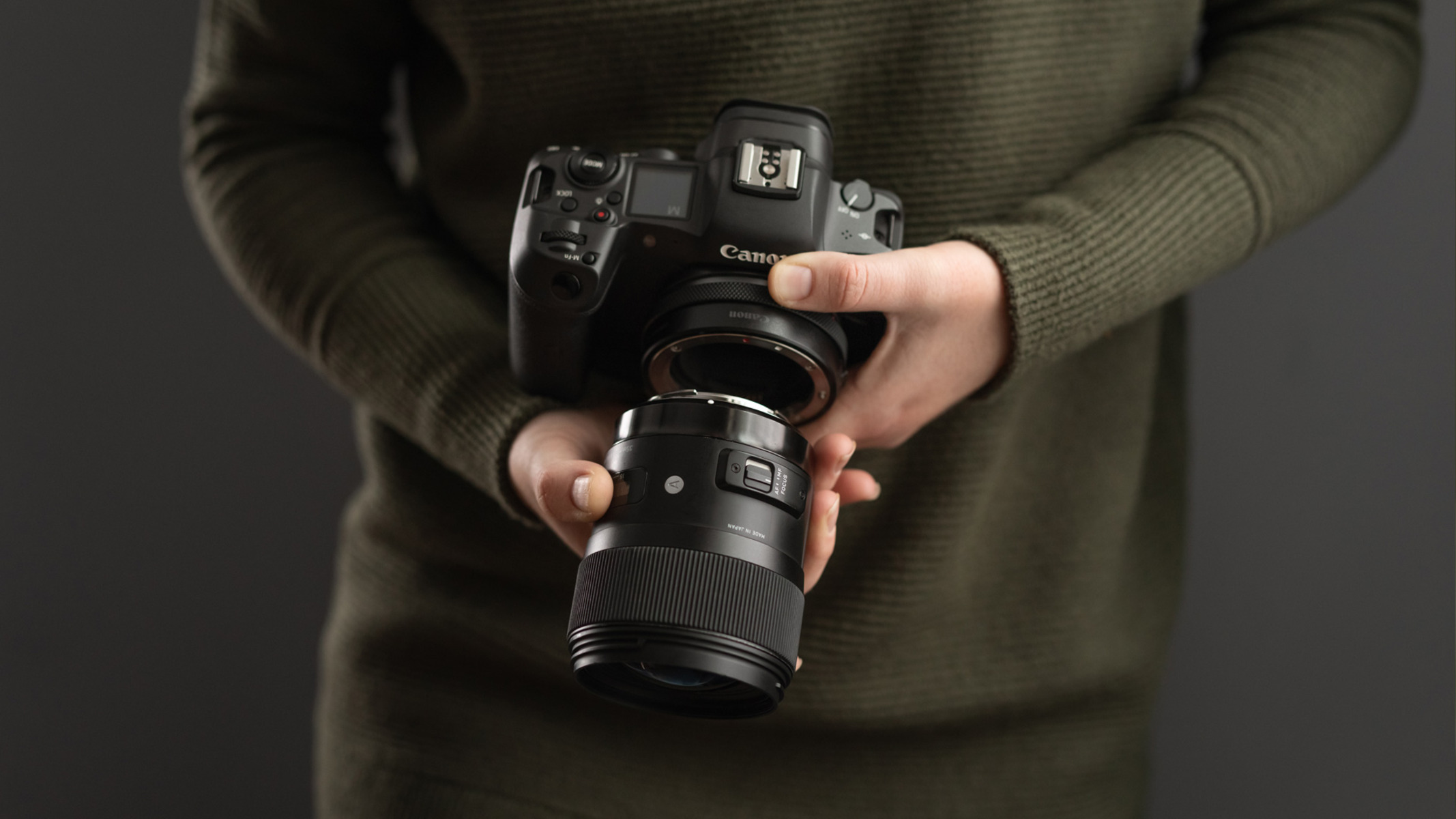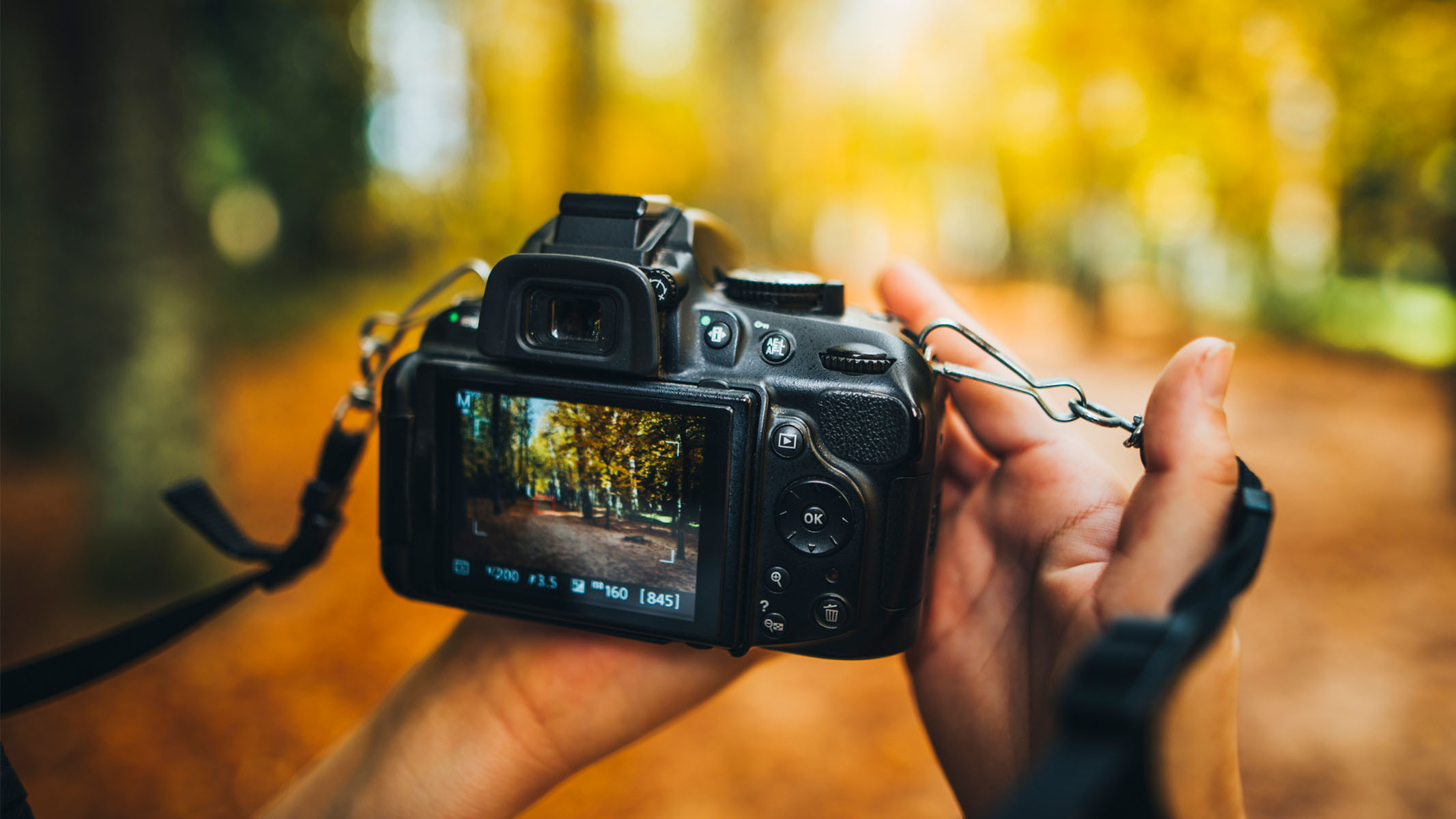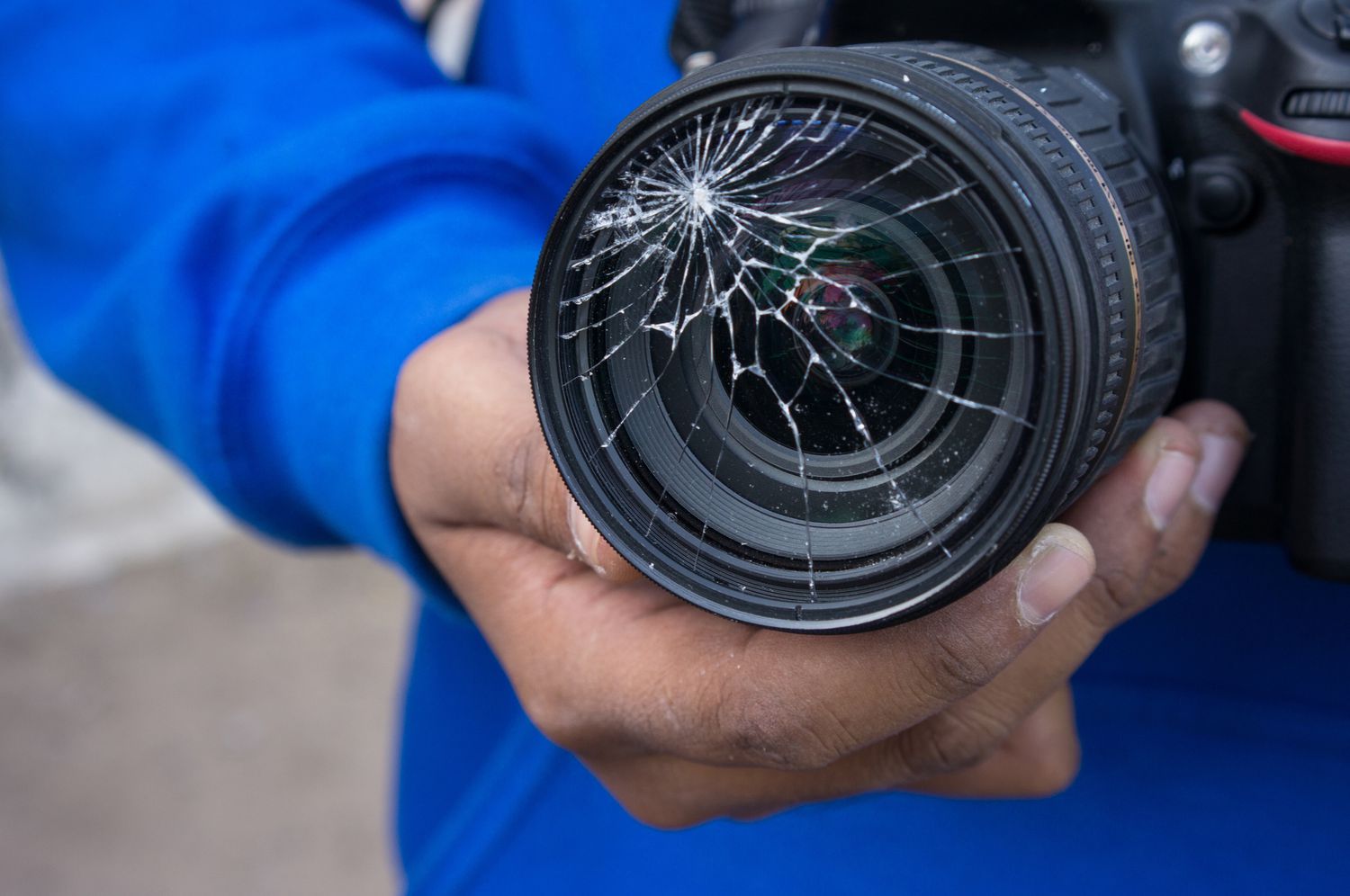Introduction
Understanding the Lens Attachment on a DSLR Camera
If you're new to the world of DSLR photography, you may have come across the term "lens attachment" and wondered what it entails. The lens attachment, also known as the lens mount, is a crucial component of a DSLR camera that allows you to connect different lenses to the camera body. This attachment plays a pivotal role in determining the quality and versatility of the images you capture. Understanding the lens attachment and its significance is fundamental for any aspiring photographer. In this article, we will delve into the intricacies of the lens attachment on a DSLR camera, exploring its types, how to attach and detach a lens, and its overall importance in the realm of photography. Whether you're a novice photographer or a seasoned pro, grasping the nuances of the lens attachment will undoubtedly elevate your photography game. Let's embark on this enlightening journey into the heart of DSLR technology and unravel the mysteries behind the lens attachment.
What is the Lens Attachment on a DSLR Camera?
The lens attachment, or lens mount, on a DSLR camera is the interface that allows you to connect interchangeable lenses to the camera body. It serves as the physical and mechanical linkage between the lens and the camera, enabling the transmission of data and signals between the two components. The lens attachment is designed to maintain a secure connection while ensuring precise alignment between the lens and the image sensor, a critical factor in achieving sharp and accurate images.
One of the key features of the lens attachment is its compatibility with a wide range of lenses, providing photographers with the flexibility to choose from an assortment of focal lengths, apertures, and specialized optics to suit their creative vision. Whether it’s a standard prime lens for everyday photography, a wide-angle lens for expansive landscapes, or a telephoto lens for capturing distant subjects, the lens attachment facilitates seamless integration with various types of lenses, expanding the artistic possibilities for photographers.
Moreover, the lens attachment incorporates electronic contacts that enable communication between the camera and the lens, allowing for the transfer of data such as aperture settings, focal length information, and image stabilization data. This seamless exchange of information between the camera and the lens contributes to the overall functionality and performance of the photographic system, enhancing the precision and control over image capture.
Understanding the intricacies of the lens attachment is essential for photographers seeking to harness the full potential of their DSLR cameras. As we delve deeper into the realm of lens attachments, we will explore the diverse types of lens mounts, the process of attaching and detaching lenses, and the significance of this pivotal component in the art of photography.
Types of Lens Attachments
There are several types of lens attachments, each designed to accommodate specific lens systems and formats. The choice of lens attachment is dictated by the camera manufacturer and the lens mount standard adopted for a particular camera model. Understanding the various types of lens attachments is essential for photographers when selecting compatible lenses for their DSLR cameras. Here are some common types of lens attachments:
- Canon EF Mount: Canon EF (Electro-Focus) mount is a widely used lens attachment system designed for Canon EOS DSLR cameras. Known for its robust build and electronic connectivity, the EF mount allows for seamless integration with a vast array of Canon lenses, including prime, zoom, and specialty lenses.
- Nikon F Mount: The Nikon F mount is a legendary lens attachment system utilized in Nikon DSLR cameras. Renowned for its durability and backward compatibility, the F mount accommodates a diverse range of Nikon lenses, offering photographers access to a rich selection of optics for their creative pursuits.
- Sony E Mount: The Sony E mount, featured in Sony Alpha mirrorless cameras, is a versatile lens attachment system known for its compact design and compatibility with a broad range of Sony and third-party lenses. Its short flange distance and electronic interface make it an ideal choice for mirrorless camera systems.
- Micro Four Thirds (MFT) Mount: The Micro Four Thirds mount is a standard for mirrorless cameras jointly developed by Olympus and Panasonic. Characterized by its compact size and electrical contacts, the MFT mount offers photographers a diverse selection of lenses from both manufacturers, providing a compact yet powerful imaging solution.
These are just a few examples of the myriad lens attachment systems available in the DSLR and mirrorless camera market. Each lens attachment type has its unique features and compatibility requirements, influencing the selection and utilization of lenses for a particular camera system. As photographers explore the diverse array of lenses offered by different manufacturers, understanding the nuances of lens attachments becomes paramount in making informed decisions about lens compatibility and system integration.
How to Attach and Detach a Lens
Attaching and detaching a lens to a DSLR camera involves a straightforward yet crucial process that ensures a secure connection and proper alignment between the lens and the camera body. Whether you’re swapping lenses to adapt to different shooting scenarios or preparing to store your camera, mastering the art of attaching and detaching lenses is essential for every photographer. Here’s a step-by-step guide to this fundamental procedure:
Attaching a Lens:
1. Power Off: Before attaching or detaching a lens, it’s advisable to turn off the camera to prevent any potential damage to the lens or camera components.
2. Remove the Rear Lens Cap: If the lens does not have a rear lens cap, ensure that the rear lens element is clean and free from dust or debris.
3. Align the Lens Mount Index: On both the lens and the camera body, there are index markers that need to be aligned. Match the index markers and gently insert the lens into the lens mount on the camera body.
4. Rotate and Lock: Once the lens is fully inserted, rotate it in the direction indicated by the lens mount until it locks into place with a reassuring click.
5. Test the Connection: After attaching the lens, perform a quick test by gently attempting to wiggle the lens to ensure that it is securely attached to the camera body.
Detaching a Lens:
1. Power Off: As with attaching a lens, it’s important to turn off the camera before detaching the lens.
2. Press the Lens Release Button: On the camera body, locate the lens release button and press it while simultaneously rotating the lens in the opposite direction of the attachment to unlock it.
3. Remove the Lens: Once the lens is unlocked, carefully hold the camera body with one hand and the lens with the other, then gently twist and detach the lens from the camera body.
4. Attach the Rear Lens Cap: To protect the rear lens element, immediately attach the rear lens cap to the lens after detaching it from the camera.
Mastering the art of attaching and detaching lenses is a fundamental skill that empowers photographers to adapt to diverse shooting conditions and explore a myriad of creative possibilities. By following these simple yet vital steps, photographers can seamlessly integrate and switch between lenses, unlocking the full potential of their DSLR cameras.
Importance of the Lens Attachment
The lens attachment serves as the gateway to a world of photographic creativity and technical precision, playing a pivotal role in the performance and versatility of a DSLR camera. Its significance extends across various aspects of photography, influencing image quality, system compatibility, and the overall photographic experience. Let’s explore the importance of the lens attachment in the realm of DSLR photography:
Optical Performance:
The lens attachment directly impacts the optical performance of a DSLR camera. By facilitating a secure and precise connection between the lens and the camera body, the attachment ensures that light enters the camera through the lens and reaches the image sensor without any aberrations or misalignments. This seamless optical pathway is essential for capturing sharp, clear, and high-quality images, making the lens attachment a critical component in the pursuit of photographic excellence.
System Compatibility:
The lens attachment determines the compatibility of a DSLR camera with a diverse range of lenses, opening up a world of creative possibilities for photographers. Whether it’s exploring wide-angle perspectives, capturing telephoto details, or experimenting with specialty optics, the compatibility offered by the lens attachment empowers photographers to select lenses that best suit their artistic vision. Additionally, the electronic communication facilitated by the lens attachment ensures seamless integration with the camera, enabling features such as autofocus, aperture control, and image stabilization.
Versatility and Creativity:
With the ability to interchange lenses, photographers can adapt to various shooting scenarios and artistic preferences, enhancing their creative expression. The lens attachment allows photographers to explore different focal lengths, apertures, and optical characteristics, enabling them to capture a diverse range of subjects with precision and artistry. Whether it’s capturing sweeping landscapes, intimate portraits, or dynamic action shots, the versatility offered by the lens attachment empowers photographers to expand their creative horizons and push the boundaries of visual storytelling.
Reliability and Durability:
A robust and reliable lens attachment ensures the longevity and resilience of the camera system. The secure connection provided by the attachment minimizes the risk of mechanical wear and tear, safeguarding the delicate internal components of both the lens and the camera body. This reliability is essential for photographers who rely on their equipment to perform consistently in various environmental conditions and demanding shooting situations.
By recognizing the importance of the lens attachment in optimizing optical performance, fostering system compatibility, nurturing creative versatility, and ensuring reliability, photographers can harness the full potential of their DSLR cameras and embark on a transformative photographic journey.
Conclusion
As we conclude our exploration of the lens attachment on a DSLR camera, it becomes evident that this seemingly small yet crucial component is integral to the art and science of photography. From its role in facilitating optical precision and system compatibility to empowering photographers with creative versatility and reliability, the lens attachment stands as a cornerstone of the DSLR photographic experience.
By understanding the nuances of the lens attachment, photographers can make informed decisions when selecting lenses, seamlessly integrate their equipment, and unlock a world of creative possibilities. Mastering the art of attaching and detaching lenses is not only a practical skill but also a symbolic gesture of readiness to capture the fleeting moments of life with precision and artistry.
Whether it’s the robust Canon EF mount, the legendary Nikon F mount, the versatile Sony E mount, or the compact Micro Four Thirds mount, each lens attachment system embodies a legacy of innovation and craftsmanship, inviting photographers to embark on a visual odyssey tailored to their unique vision.
As photographers continue to explore the ever-expanding landscape of imaging technology, the lens attachment remains a steadfast companion, enabling them to transform fleeting moments into timeless works of art. Embracing the significance of the lens attachment is not merely an acknowledgment of its technical prowess but a celebration of its role in shaping the visual narratives that define our world.
In essence, the lens attachment on a DSLR camera transcends its mechanical function to become a conduit for creativity, a bridge between imagination and reality, and a testament to the enduring pursuit of visual excellence. With each lens attached, a new chapter in the photographic journey unfolds, enriched by the seamless integration and boundless possibilities that the lens attachment bestows upon every photographer.







